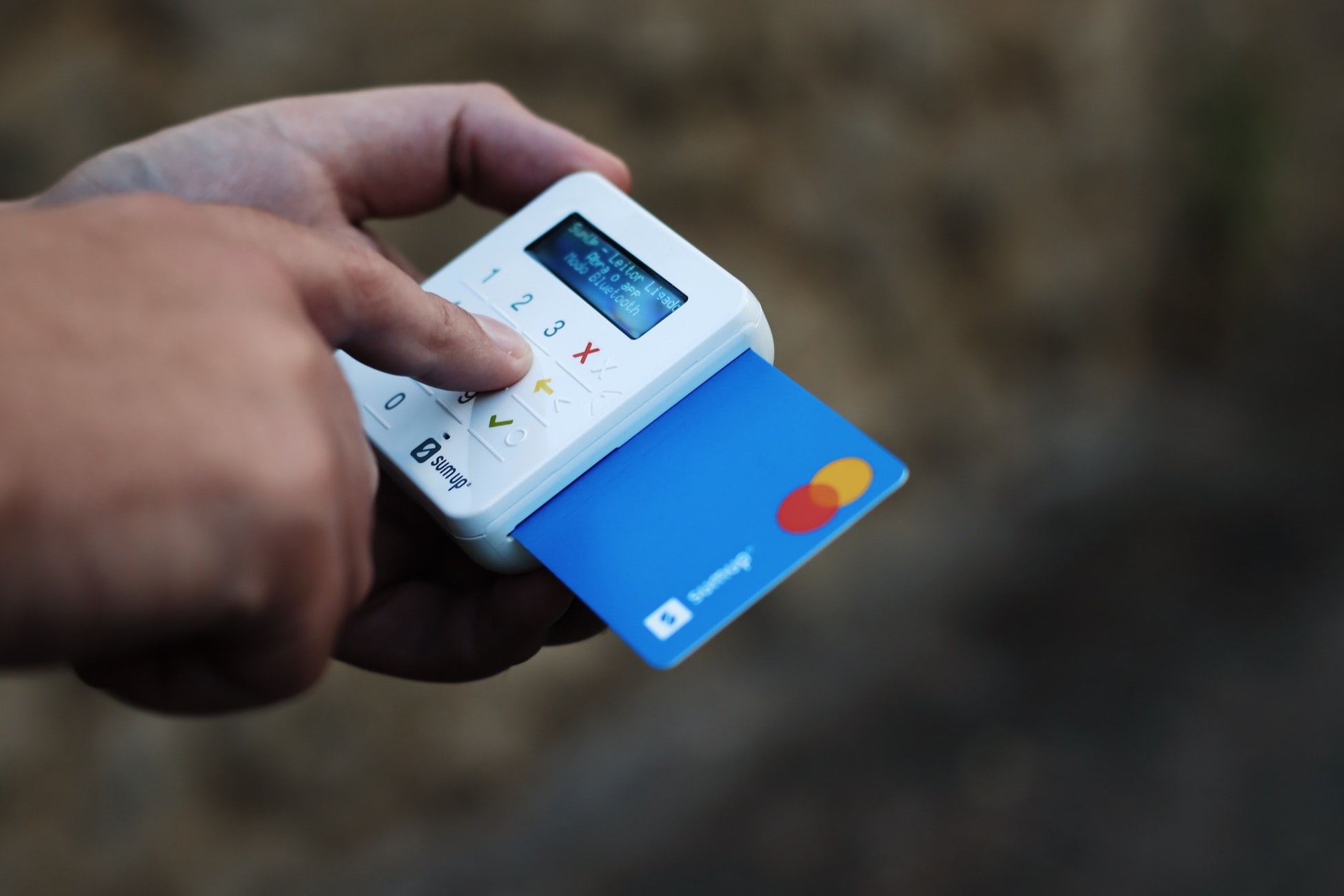3000+ word pillar page titled “”How Do Credit Cards Work: The Complete Guide”” that is engaging
How Do Credit Cards Work: The Complete Guide

11
Jul

3000+ word pillar page titled “”How Do Credit Cards Work: The Complete Guide”” that is engaging
